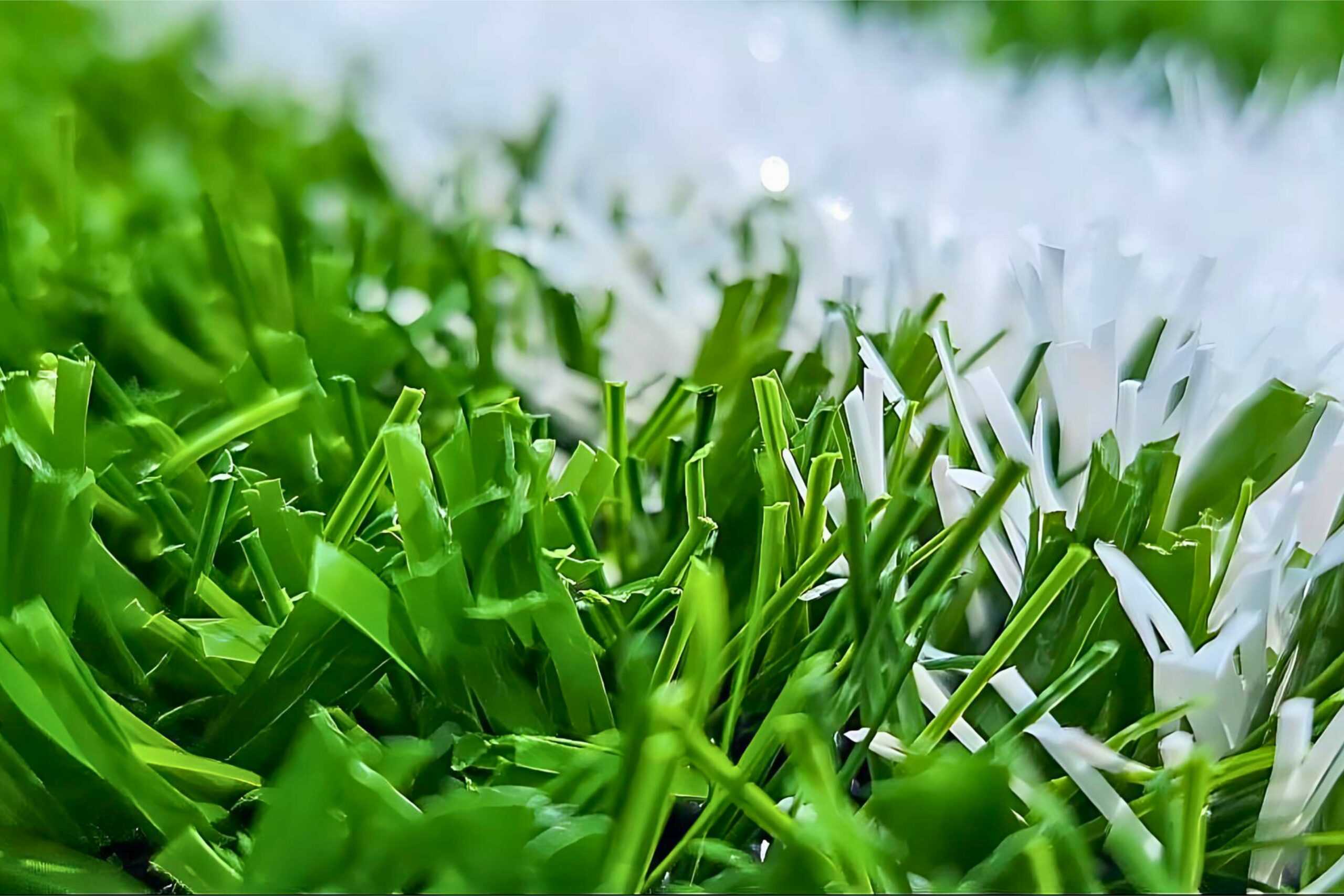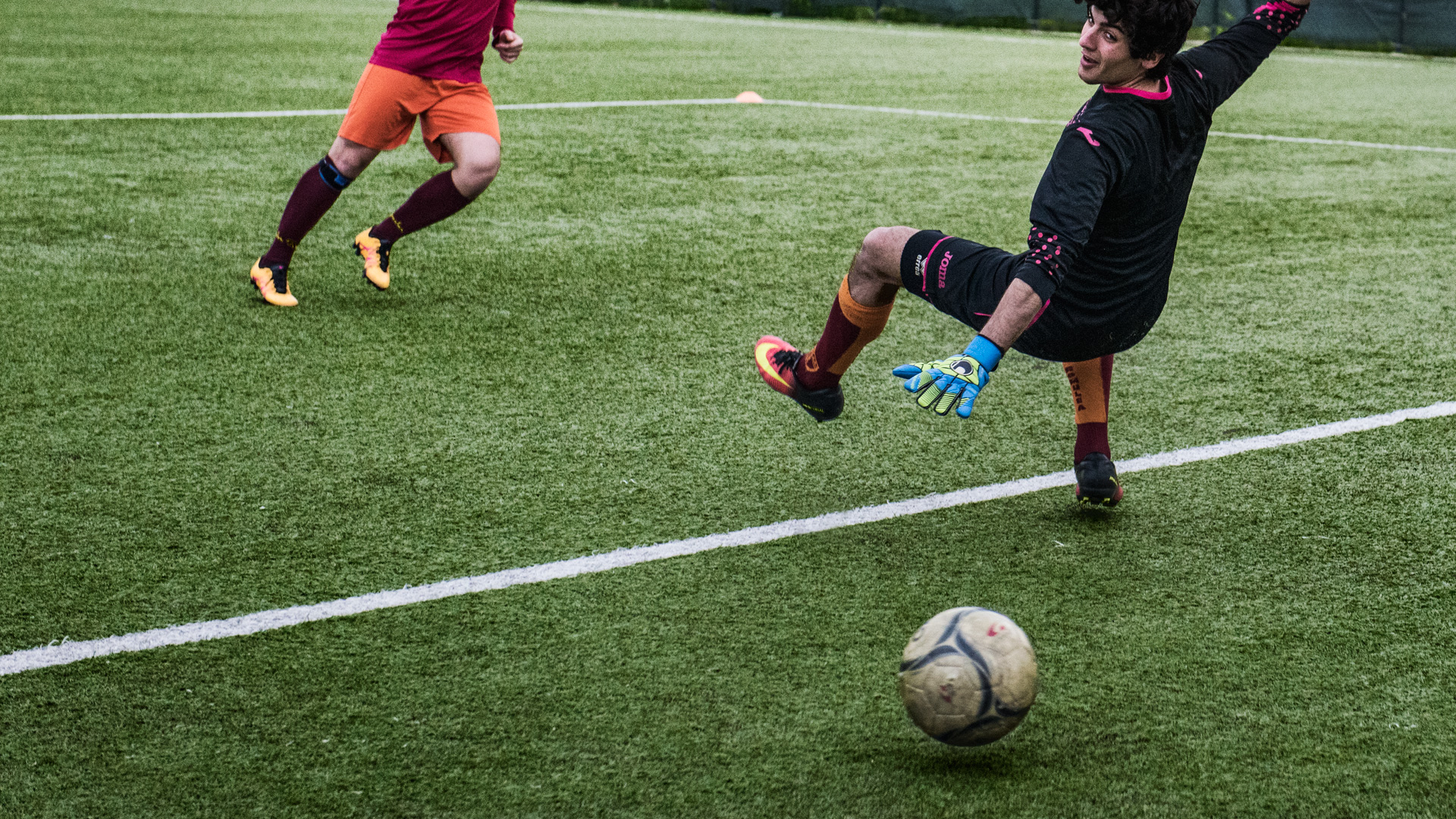Budget-Friendly Turf Installation Phoenix AZ for a Hassle-Free Lawn Solution
Budget-Friendly Turf Installation Phoenix AZ for a Hassle-Free Lawn Solution
Blog Article
Explore the Environmental Perks of Opting for Synthetic Grass Solutions
The fostering of artificial lawn solutions offers a compelling possibility to resolve pushing environmental obstacles. By substantially lowering water usage and decreasing the application of dangerous chemicals, these options not only promote lasting landscaping yet additionally shield neighborhood environments. The reduced carbon footprint linked with lowered upkeep tasks contributes to a much more lasting method to land administration. The implications of these benefits prolong past plain conservation efforts, raising inquiries regarding their long-term influence on habitat conservation and general ecological balance. Exploring these measurements discloses an intricate interplay worth taking into consideration.
Water Conservation Conveniences
One of one of the most significant benefits of fabricated turf is its capacity to save water. Traditional grass yards call for considerable watering, specifically in locations prone to drought or water constraints. In contrast, synthetic lawn does not require watering, significantly lowering the general demand for water sources. This attribute is especially valuable in dry regions where water shortage is a pushing worry.
By removing the need for regular watering, synthetic grass adds to sustainable landscape methods and helps mitigate the environmental effect of too much water usage. In addition, the conservation of water encompasses the decrease of drainage, which can bring about soil erosion and river pollution.
Furthermore, the installation of synthetic grass enables towns and homeowners to designate water sources a lot more effectively, concentrating on crucial uses such as drinking water and agriculture. The shift in the direction of synthetic grass not only advertises responsible water usage however likewise straightens with more comprehensive environmental goals focused on preserving natural deposits.
As areas significantly focus on sustainability, the water conservation advantages of synthetic turf present an engaging case for its fostering in industrial and residential landscaping tasks.
Decreased Chemical Usage
The transition to synthetic grass substantially decreases the reliance on chemical treatments frequently used in natural lawn upkeep. Traditional turf administration commonly involves the application of herbicides, plant foods, and chemicals to advertise development and control insects. These chemicals can position threats to human health and wellness, local wild animals, and the environment, adding to soil and water contamination.
In comparison, fabricated turf eliminates the need for these hazardous compounds. By decreasing the release of artificial substances into the environment, fabricated turf promotes much healthier soil and water systems.
Additionally, the lack of chemical overflow connected with synthetic grass installations aids secure regional waterways from air pollution, supporting aquatic life and keeping biodiversity. Phoenix turf companies. As neighborhoods significantly prioritize lasting practices, selecting fabricated grass offers a practical solution that straightens with environmental conservation objectives. Via this change, homeowner can take pleasure in lush environment-friendly rooms without jeopardizing environmental wellness, paving the means for an extra lasting future
Lower Carbon Footprint

Moreover, the installation of man-made grass can result in substantial water preservation. Natural lawns require substantial amounts of water for irrigation, which not only includes to the carbon impact connected with water removal and treatment yet additionally pressures neighborhood water resources. In comparison, artificial lawn requires very little upkeep, requiring no watering, consequently significantly lowering water use and its linked power expenses.
Additionally, the durability of synthetic grass adds to its reduced carbon influence. With a lifespan of as much as 15 years or more, the requirement for frequent substitutes is diminished, resulting in much less waste and reduced energy click reference consumption in production and taking care of standard grass alternatives. Generally, synthetic grass presents a lasting option for eco mindful landscape design.
Environment Preservation
Habitat preservation is an important factor to consider in the discussion over landscape design choices, particularly when contrasting synthetic grass to all-natural yard. Natural turf yards often call for substantial upkeep, including making use of pesticides, herbicides, and plant foods, which can detrimentally affect local ecological communities. These chemicals can leach right into the soil and rivers, harming native flora and animals and disrupting regional habitats.
Fabricated lawn removes the demand for damaging chemicals, thus securing neighboring wildlife and keeping the stability of bordering ecosystems. The installment of artificial lawn can lead to the conversion of former turf locations into more biodiverse landscapes, such as pollinator gardens or indigenous plant areas, which can support neighborhood wildlife.
Ultimately, the change to artificial turf not only conserves water and reduces maintenance efforts but additionally promotes an extra harmonious partnership between human tasks and the native environment, promoting habitat conservation at the same time.
Long-Term Sustainability
Lasting sustainability is a vital aspect in assessing the advantages of synthetic grass over standard lawn yards. Among the most considerable advantages of synthetic grass is its durability; it can last up to 15-20 years with very little maintenance, whereas all-natural yard calls for constant reseeding and substitute. This durability lowers the need for constant resources, such as water, plant foods, and pesticides, which are necessary for maintaining a healthy and balanced yard yard.
Additionally, man-made lawn contributes to a decrease in carbon this contact form discharges associated with grass care tools. Standard grass typically require gas-powered mowers, trimmers, and blowers, every one of which add to air contamination. Arizona artificial turf. In contrast, fabricated grass removes the demand for such equipment, promoting a cleaner environment
Additionally, the production of synthetic grass significantly makes use of recycled materials, improving its sustainability account. As producers embrace eco-friendly techniques, the environmental footprint of synthetic grass proceeds to diminish.

Conclusion
The fostering of synthetic grass solutions offers substantial ecological advantages, consisting of considerable water conservation, lowered dependence on harmful chemicals, and a reduced carbon footprint. In addition, synthetic grass aids in protecting all-natural environments by minimizing land disturbance and advertising long-lasting sustainability with the use of long lasting materials. Jointly, these factors underscore the potential of synthetic grass to add favorably to ecological wellness and supply a feasible option to typical landscaping techniques in a progressively resource-conscious globe.
In comparison, synthetic turf does not need watering, dramatically reducing the general need for water sources. By reducing the release of synthetic substances right into the community, synthetic lawn promotes healthier dirt and water systems.
In addition, the installation of man-made lawn can result in substantial water conservation. In comparison, fabricated turf requires minimal maintenance, calling for no watering, consequently substantially minimizing water use and its associated power prices.

Report this page